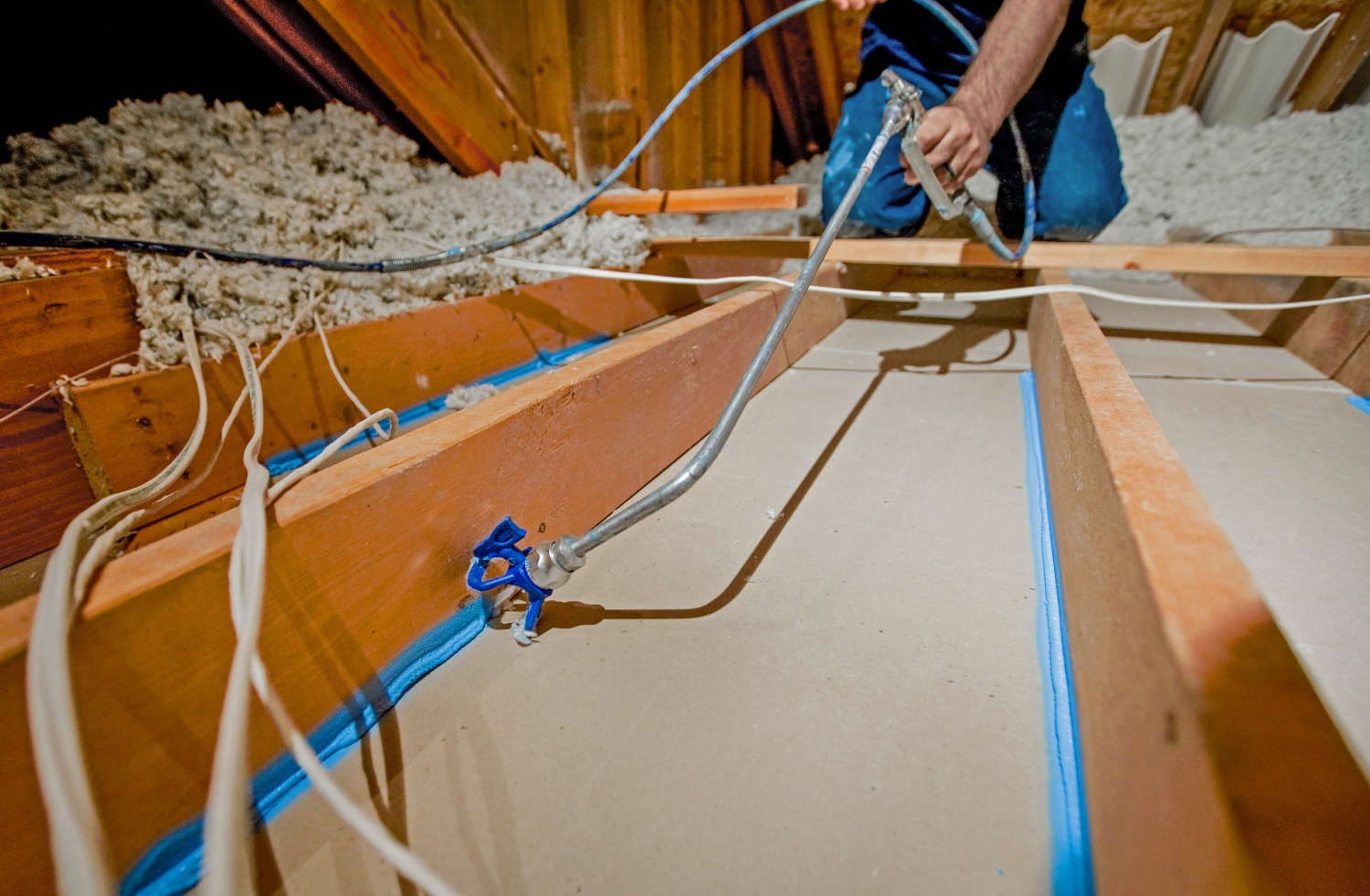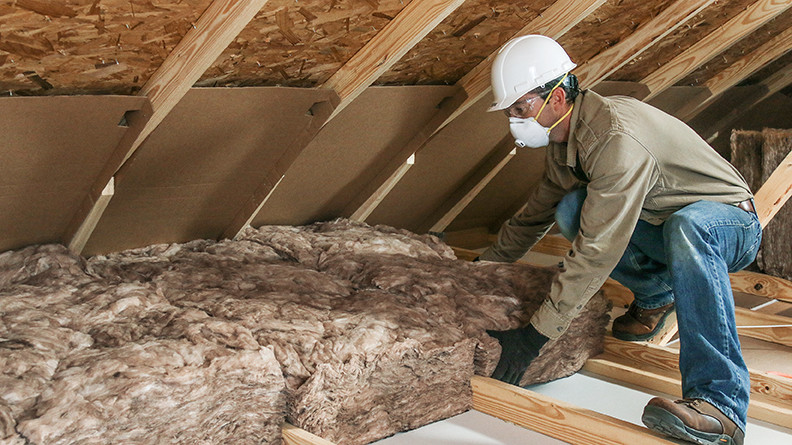3 Benefits of a Well-Ventilated Attic

02/24/2021
Most homes built in the United States are designed with vented attics. But why do attics need ventilation? You might be surprised to learn that a properly ventilated attic does a lot more than let a little air in and out. No matter if you live in Florida, Minnesota, a new home, or an old one, a properly ventilated attic is a must. Here are three convincing reasons why.
-
Cuts Energy Costs
In warm climates or during the summer months, excess heat builds up in the attic. On a 95-degree summer day, attics can reach 160 degrees. Attic ventilation will expel this heated air from the attic, leading to reduced HVAC strain, lower energy costs and increased comfort. Ducts— which are notoriously leaky— may be housed in the attic, creating even more energy waste.
-
Prevents Water Damage
In cold climates, the primary purpose of attic ventilation is to maintain a cold attic temperature to avoid ice dams. An ice dam is snow that melts off a roof from an attic that is too warm and then re-freezes at the gutters stopping melting snow from draining properly. Ice dams have been known to push water into cracks within homes, causing potentially devastating water damage.
-
Controls Moisture
Temperature control and lower energy costs aren’t the only benefits of attic ventilation. Moisture produced within the home (from cooking, laundry, showers, etc.) may escape the living space and move into the attic. Without adequate ventilation, that moisture may accumulate in the attic and potentially create issues such as damage to the roof system and poor indoor air quality.

Air Sealing Solution
To prevent these issues, it is critical to get a good air seal on the ceiling between the living space and the attic. A lack of proper air sealing is a common mistake many homebuilders make, especially around recessed lighting and at wall and ceiling joints which provides a pathway for air and moisture to escape into the attic. Air sealing keeps moisture and conditioned air from getting into the attic. If your house is more than 20 years old, you likely need additional air sealing.

Don’t Block Air Flow
The most common mistake homeowners make when installing insulation is to block the flow of air at the eaves. There should be a minimum of a one-inch (1”) air space between the insulation and the roof deck, created by using an insulation baffle. Insulation can then go tight against the baffle, while channeling the air flow above insulation.
To Sum Up
Proper attic ventilation is essential no matter your climate or age of home. With proper air flow in the attic and air sealing between the living and attic spaces, you can keep your conditioned air in your living space, and the attic air in the attic. The result? Year-round comfort, lower energy costs, and protection from mold and moisture.
 Have Questions?
Have Questions?
Read more information on attic insulation and air sealing, contact us or find a dealer/retailer near you.
